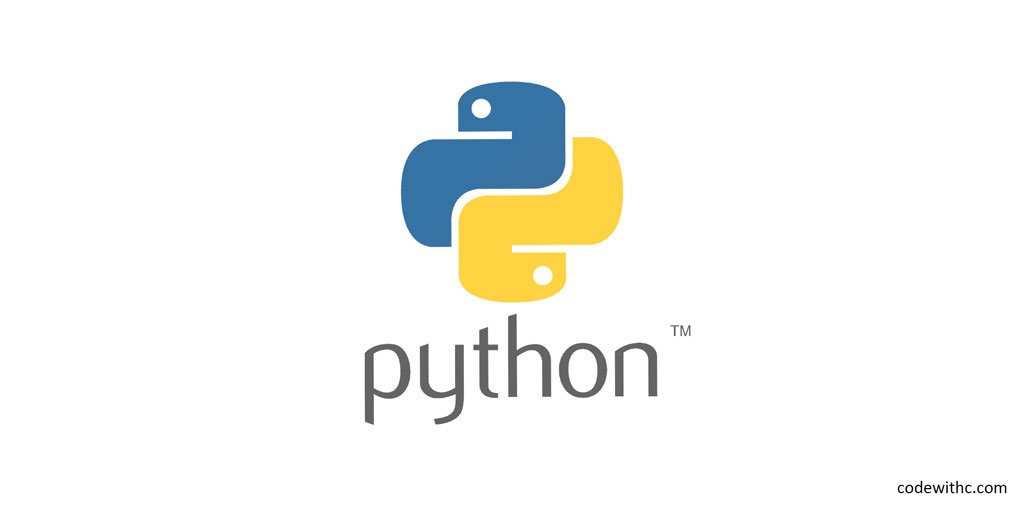In today’s interconnected digital world, the ability to fetch and interact with web data is paramount. Whether it’s collecting information, monitoring websites, or integrating with APIs, Python has you covered. Today, we’ll focus on Python’s requests library, a powerhouse for web interactions, demonstrating how to seamlessly fetch data from the web.
The requests library simplifies the complexities of web requests, making tasks like data fetching, form submission, and API integration straightforward. With its intuitive interface, developers can execute HTTP requests and handle responses with ease.
Let’s delve into a hands-on example where we fetch content from a fictional website:
Program Code:
import requests
def fetch_website_content(url):
response = requests.get(url)
if response.status_code == 200:
return response.text
else:
return f"Failed to fetch content. Status code: {response.status_code}"
# Testing the function
url = "https://example.com"
website_content = fetch_website_content(url)
print(website_content[:500]) # Displaying the first 500 characters for brevity
Explanation:
In this code:
- We begin by importing the
requestslibrary. - We define a function
fetch_website_contentthat uses therequests.getmethod to fetch content from the specified URL. - We check the status code of the response. A status code of
200indicates a successful request, in which case we return the content. Otherwise, we return an error message. - We test the function with a fictional “example.com” URL and display a snippet of the fetched content.
Expected Output:
(First 500 characters of the content from "https://example.com")
(Note: The actual output would depend on the content of the website at the time of fetching.)
Wrapping Up:
With Python’s requests library, the vast expanse of the web becomes a playground for developers. Whether it’s data collection, monitoring, or integration tasks, Python ensures that web interactions remain straightforward and efficient.







